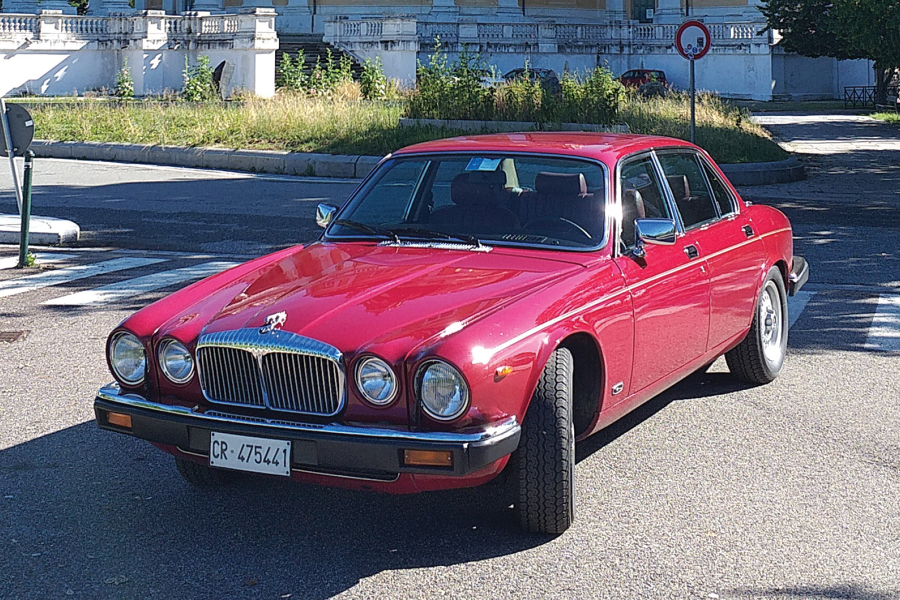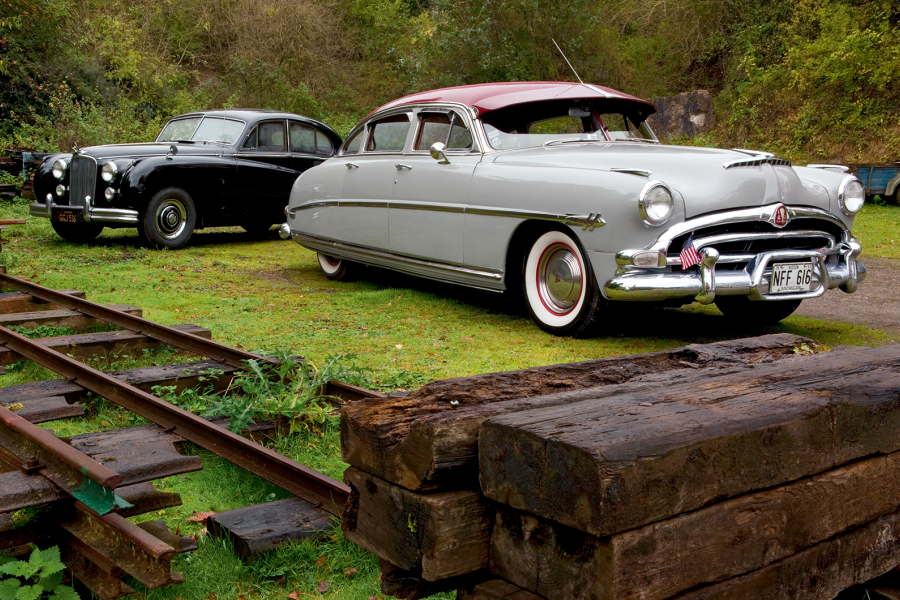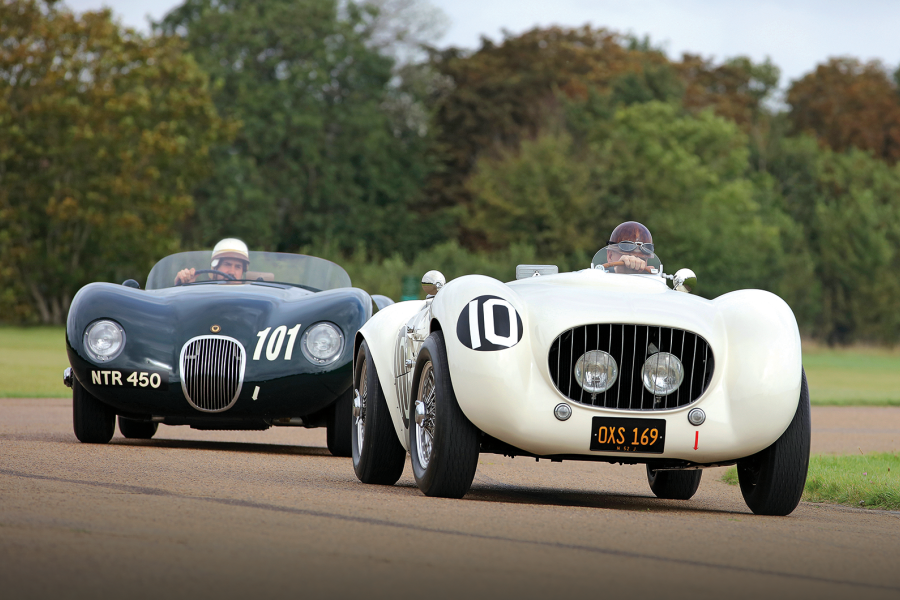
The Jaguar E-type is classic-car holy ground.
A social and cultural phenomenon of its times, it was fabulously fast, ravishingly beautiful and, at the same time, offered unbeatable value for money.
Finding almost anything to stand comparison with it is a tough job: all the Astons and V12 Italian exotica of its era were vastly less numerous and more expensive, while anything for the same price looked pathetically slow.

E-types are not cheap things these days, of course, but they have, dare I say it, become a little bit of a cliché.
They’re the default choice classic sports car for the man who is cashing in part of his pension, maybe trading up from his TR4 or MGB, and wants something to ‘take to shows’ or on the occasional summer evening run to the pub.
And there is nothing wrong with that. E-types are easy to drive, pretty reliable and you can get all the bits. Buy the right version and your money is safe in one, too.
But, somehow, you don't want to be that E-type bloke do you? It’s all a bit too predictable. It’s the car from the front cover of that Marks & Spencer book of classic cars your aunty bought you, or a ‘Dad’ birthday card.

The Buckley remedy? Save yourself some money (about £50-80,000) and have a look at a Marcos 3-Litre.











